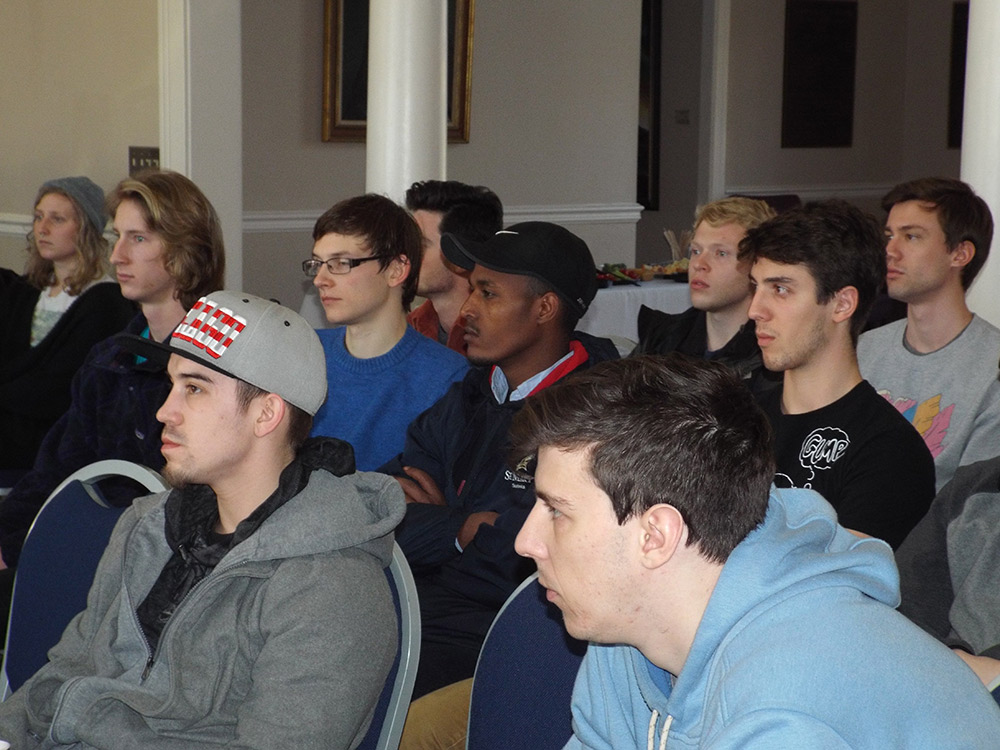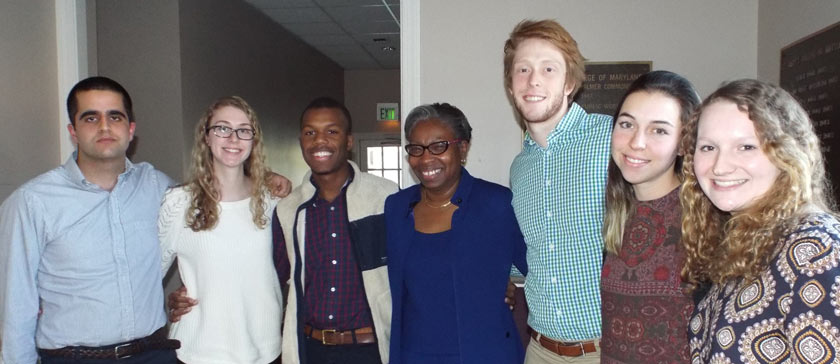“Inequity deprives us all and prevents us from reaping the benefits of our differences,” President Tuajuanda Jordan remarked in her welcoming address at the Inequality Workshop, held on Friday, February 26, on the SMCM campus. The event was organized by Student Ambassadors who volunteer at the Center for the Study of Democracy, organizing civic events and promoting ideas of liberty, democracy, and justice on and off the campus.
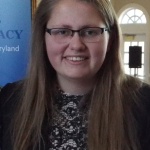
Krista Cavanagh
Under Dr. Jordan’s leadership, the Center has planned a series of events in 2016 that treat the topics of economic inequality and the opportunity gap. The idea for organizing the workshop solely by SMCM students, however, came from Krista Cavanagh, the leader of the Student Ambassadors. Explaining the purpose of the workshop, Ms. Cavanagh noted that, while the workshop is “a dry-run to prepare Student Ambassadors to help moderate the Reflection segments of the Baltimore Forum, it was intended to “get students, faculty, and staff interested in the issues relating to economic inequality in general and in Baltimore in particular.”
At the end her remarks, Ms. Cavanagh invited the workshop audience to attend the two-day forum United Not Divided: Economic Inequality and the Opportunity Gap, to be held on March 30-31, at the Baltimore Marriott Inner Harbor at Camden Yards.
The workshop featured a series of student presentations and included lively discussions that engaged the audience and a panel of faculty experts: Dr. Garrey Dennie, Associate Professor of History; Dr. Faruk Eray Düzenli, Assistant Professor of Economics; and Dr. Janna Thompson, Visiting Professor in the Department of Educational Studies. Dr. Thompson, who taught many years at public schools and higher education institutes in Baltimore, offered vivid anecdotes about every-day challenges students in inner cities face in their efforts to get quality education.
Baltimore’s Two Cities
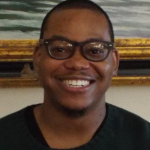
Cody Dorsey
Baltimore is a dynamic city with a metropolitan area that attracts both investments and tourists. It is the birthplace of our national anthem and a city of major industries in health care, technology, defense, education, and finance. Baltimore’s Inner Harbor, Orioles Park, Symphony Orchestra, and Museum of Art are but a few internationally known attractions drawing more than 23 million tourists a year to the city. This is the Baltimore of growth and optimism, a city that looks into the future with confidence and a sense of pride.
But there is also a different Baltimore, a city known for high concentrations of poverty and crime just west and east of downtown. “In communities like Sandtown-Winchester, a neighborhood with the highest poverty rate in Baltimore and the highest incarceration rate, people suffer from severe economic inequality,” explained Cody Dorsey, who works for the Center through the CSC Professional Fellowship Program. “This community,” Mr. Dorsey continued, “has a significantly higher mortality rate, a lower investment in schools in the area, and shorter life expectancies than many other neighborhoods in Baltimore.”
Making Sense of the Baltimore Uprising
The gross disparity between the affluent and poor neighborhoods in Baltimore has resulted in a myriad of social and economic ills. The Baltimore uprising in April 2015 that took place after Freddie Gray’s death in police custody started as a citizens’ protest against his mistreatment but escalated into a mass expression of the grievances and frustrations many Baltimoreans felt. These events served as a wakeup call for the residents and community leaders in Baltimore and around the nation, alerting them one more time to the unsolved urban problems that fester in many American cities. At SMCM, the Baltimore uprising generated much discussion about the plight of the urban poor and inner city unemployment, crime, and race relations. Many SMCM students, faculty, and staff have homes, friends, and families in Baltimore.
Root Causes of Segregation
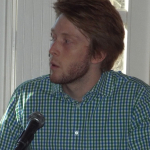
Luke Land
The problems that Baltimore is facing today have not emerged overnight but are a cumulative result of policies of years past. Student Ambassadors Sara Eaton and Cameron Keyuni described how Baltimore used to be known as an industrial hub in the 1950s but was transformed fundamentally in the 1970s as the manufacturing and shipping industries declined, causing structural unemployment that affected certain neighborhoods more than others.
Luke Land explained some policies that had acerbated the socioeconomic situation in parts of the city. He focused on redlining, a practice of denying or limiting financial services to specific neighborhoods, generally because its residents are poor or people of color. “This practice started in the 1930s with the creation of the Federal Housing Administration,” Mr. Land noted. The Baltimore that emerged over time was a city characterized by grave economic and social disparities among various neighborhoods. While residents of Roland Park had a median household income of $90,492 in 2015, it was only $13,388 at Druid Heights, Luke observed.
The 2015 study by The National Community Reinvestment Coalition shows how the practice of redlining still persists in Baltimore, where white neighborhoods continue to be areas of investment and revitalization, while black neighborhoods are “islands of decay in a sea of renewal.”
Is Baltimore Exceptional?
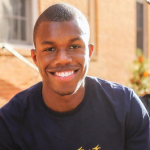
Kareem Adams
There are many cities across the United States and around the world that are racially and socioeconomically segregated. But Baltimore stands out in this country for the extent of the gap among the affluent and poor neighborhoods and their proximity to each other.
Nobody knows the inner-city divisions better than those who live there. Kareem Adams, who grew up in one of the distressed areas of the city, found much to relate to when reading a book, “Long Shadow,” written by Karl Alexander, and an invited keynote speaker at the United Not Divided -forum, with Doris Entwisle and Linda Olson. Dr. Alexander followed the lives of 790 children growing up in a variety of Baltimore neighborhoods for 25 years, tracking their life progress and concluding that families they were born into largely determined their life trajectories. Mr. Adams recalled long bus rides he had to take to get better education and stressed the importance of improving not only the level of education in inner city schools but also the entire transportation system. Mr. Adams is taking a class, Sociology 352: “Special Topics: Community and Inequality,” taught by Professor Helen Daugherty, who serves as Moderator of the Baltimore forum.
Getting Sick from Poverty
Baltimore has some of the best health institutions in the world, yet there are substantial disparities in health outcomes among different neighborhoods, Isabel Klompus noted focusing her research on Sandtown-Winchester and adjoining areas. Heart disease, diabetes, obesity, and hypertension are all substantially worse in West Baltimore, compared to neighborhoods a few miles away. Over the years, health outcomes have improved for all Baltimoreans but significant disparities remain between different communities.
Restricted Access to Quality Education
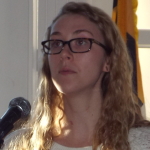
Kira Westbrook
Kira Westbrook described the issues relating to education in more detail, noting that the opportunity gap is particularly pervasive in Baltimore. The opportunity gap is the disparity in access to quality schools and the resources needed for all children to be academically successful. These include items such as experienced teachers, classroom materials, books, field trips, nutritious meals, parental involvement, and technology.
The term “achievement gap,” on the other hand, refers to the disparity in academic performance between groups. It does not take into account the resources, exposure, and experiences that make learning easier and more effective.
Escaping Poverty Trap
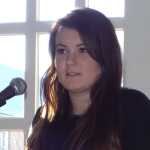
Maggie Wagner
The United States has been called a land of opportunity where a generally hold belief has been that those born into poverty have it in their power to escape their dire circumstances. Not so, argue scholars studying inequality. “Today, the United States has less equality of opportunity than almost any other advanced industrial country,” writes Columbia University Professor Joseph Stiglitz, a recipient of the Nobel Memorial Prize in Economic Sciences, in New York Times in February 16, 2013.
At the workshop, Student Ambassador Maggie Wagner talked about how the urban poor are often trapped in poverty by a set of conditions external to them. These include long-impoverished communities, poorly performing schools, persistent unemployment, and public transportation systems that do not support minimum-wage workers. Pulling oneself up by the bootstraps is far more difficult today than it was some thirty years ago.
Increasing inequality is devastating not only to individuals whose wages stay stagnant and the poor whose path out of poverty is blocked, but also to the nation as a whole. In his book The Price of Inequality, Joseph Stiglitz argues that rising economic inequality reduces economic efficiency and fairness. As a result, Americans end up paying a high price for inequality as it contributes to social, economic and political instability, and to lower growth.
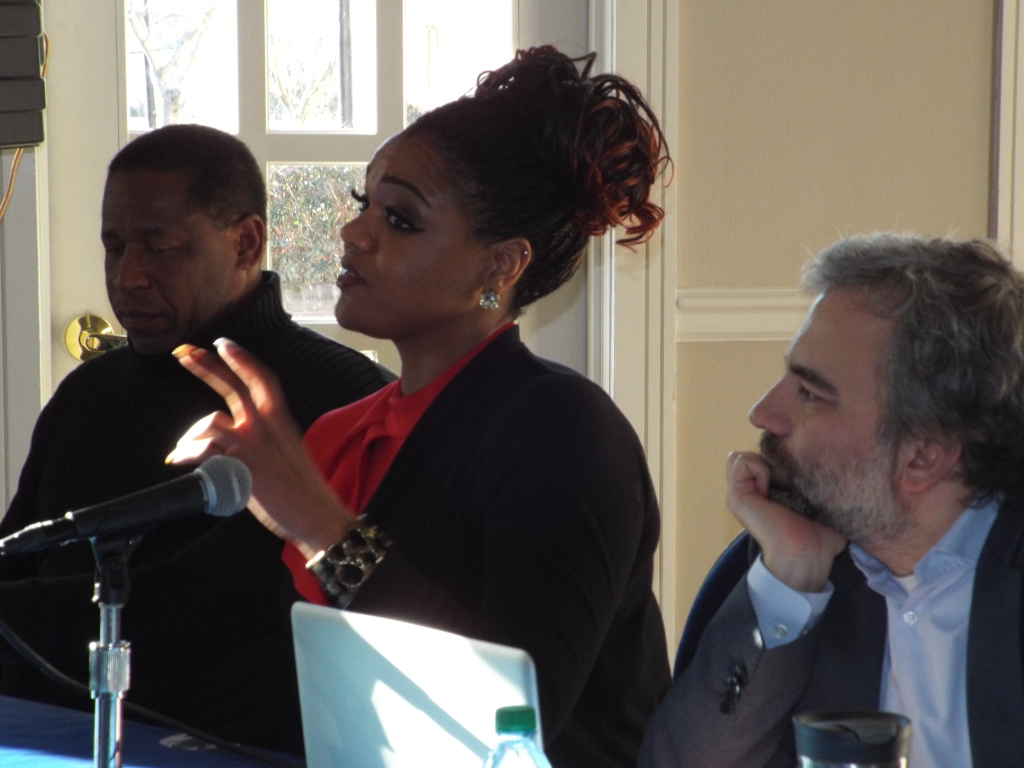
Dr. Garrey Dennie, Dr. Janna Thompson and Dr. Faruk Eray Düzenli were invited to comment on student presentations at the workshop.
